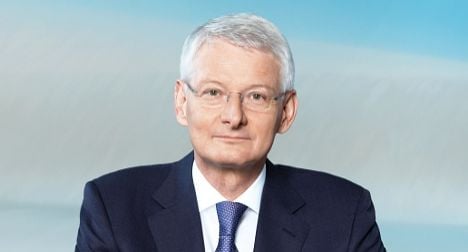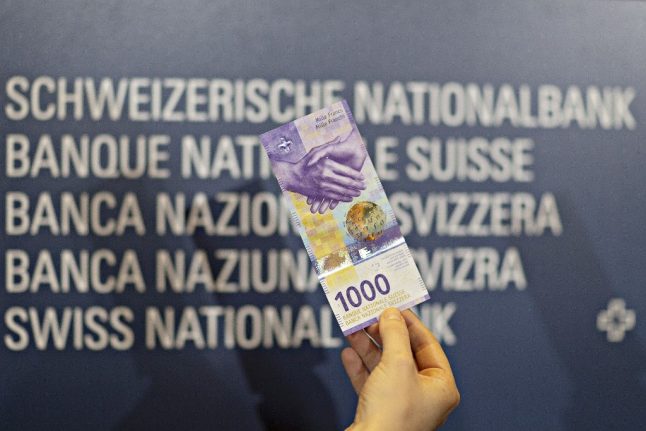An audit by accounting firm KPMG, published last week, alleged that an executive member of the Swiss National Bank, Jean-Pierre Danthine, had sold €126,000 ($165,280) for francs in May 2010 before the SNB stopped its interventions to support the franc when it was weak.
However the audit stressed that he had not acted for personal profit.
A senior leader in the far-right Swiss People’s Party (SVP), Christoph Blocher, said on Monday that the central bank should consider his situation.
“We’ll have to see whether Danthine can survive or not,” Blocher was quoted as saying in the Sonntag newspaper.
His remark followed the resignation of the chairman of the bank, Philipp Hildebrand, in January when it was found that his wife had engaged in a currency trade a few weeks before the bank put a €1.20 limit on the Swiss franc because it was too strong, driven up by a flight to safety in view of the eurozone debt crisis.
Switzerland is not a member of the European Union and so is not a member of the eurozone, but the bank in general tries to manage monetary policy to shadow eurozaone policy, given the high exposure of the Swiss economy to trade with the EU.
KPMG examined personal financial transactions of central bank board members after Hildebrand stepped down.
The audit alleged that Danthine had made two foreign currency transactions that needed scrutiny, whilst finding he had not taken advantage of confidential information for personal profit.
In the second trade Danthine sold 197,674 euros for francs to pay into the SNB pension fund after he had joined the bank.
The newspaper SonntagsZietung commented on Monday that the central bank should adopt regulations concerning the management of the personal assets of senior management members.
If members wanted to manage their assets, the newspaper said they should do to so through accounts opened with the national bank and under clear investment parameters.



 Please whitelist us to continue reading.
Please whitelist us to continue reading.
Member comments